Ask 10 shooters the difference between two popular calibers, and you’ll get 11 different answers. Caliber debates are one of my favorite conversations to have with other shooters, and they can occasionally get heated. I’ve been a fan of 9mm handguns for years, and it’s my go-to choice for carry-gun calibers.
I’ll admit, however, that I’ve never given much thought to carrying a .380 ACP handgun for self-defense. It is a popular choice for many of my very experienced friends, and while I’ve shot several over the years, I’ve just always assumed 9mm was the way to go for me.
Recently, I’ve taken a closer look at the .380 ACP, and I’m willing to admit I may have dismissed it too soon. While both the 9mm and the .380 ACP are both solid choices for a self-defense round, I thought I’d take a deeper dive into the differences between .380 ACP and 9mm when used for self-defense.
SOME BACKGROUND AND SIMILARITIES
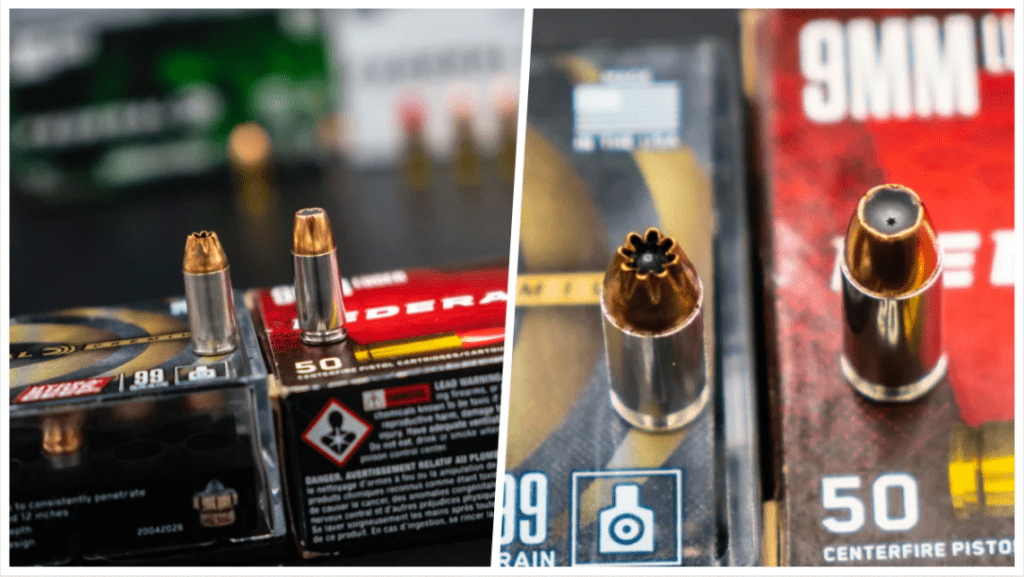
Although they have the same diameter, the .380 ACP and the 9mm are very different cartridges both in length and ballistics. Both are reliable, popular cartridges. Both have a strong fan base that will defend its favorite cartridge till the cows come home. Both also have their own pros and cons when used for self-defense.
Modern handguns in both .380 and 9mm from the same manufacturer generally have the exact same size frame – and, if not exact, most are very, very close. Glock, SIG Sauer, Smith & Wesson, etc., may change the model number to differentiate the caliber, like Glock does with the Glock 42 (.380 ACP) and Glock 43 (9mm), but the frames are virtually identical.
A CASE FOR .380 ACP FOR SELF-DEFENSE
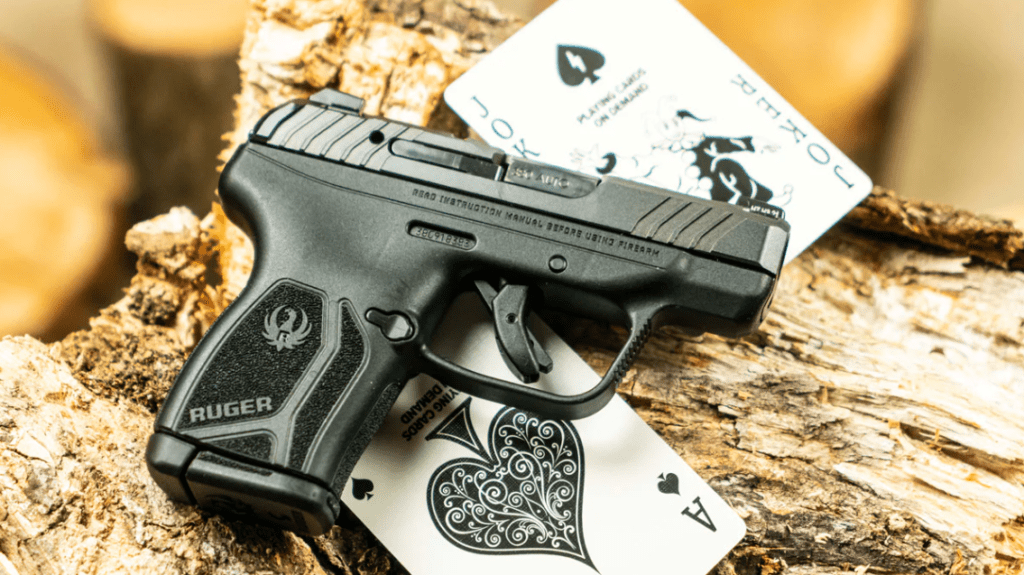
Because the round is smaller in length, it’s a slightly lighter cartridge when compared to the 9mm. Because of this, the .380 ACP generally has less recoil when compared apples to apples to the 9mm using a handgun with the same barrel length. Handguns chambered in .380 are available in micro-compact size making them very easy to conceal with an inside-the-waistband or pocket holster.
Due to their small size, .380s are also a very popular choice for a backup gun. Because they offer less recoil, most shooters will get their second shot on target faster because of less movement of the muzzle. This could save your life.
A CASE FOR 9MM FOR SELF-DEFENSE
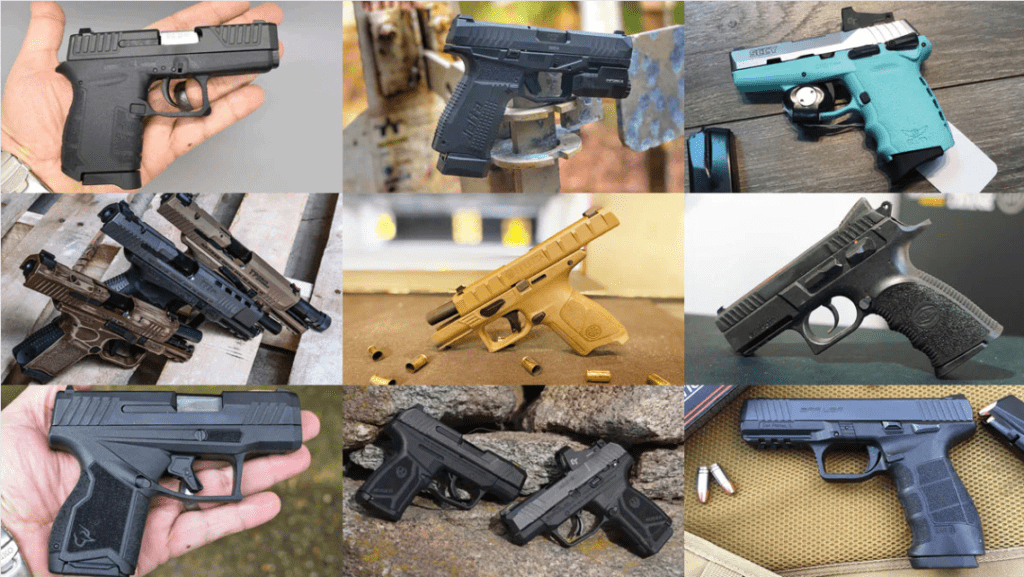
Generally, 9mm ammunition is very mass-produced ammo and widely available. The 9mm round is more powerful than the .380 ACP in direct comparison (see below). Simply put, the 9mm is a heavier cartridge that puts out more energy upon firing.
It generally is also slightly less expensive to purchase when compared to the .380 ACP, both in defensive ammunition and regular target/practice ammunition. The ballistics of the 9mm when used as a self-defense round have been studied ad nauseum.
BALLISTIC COMPARISON ACROSS A SINGLE BRAND
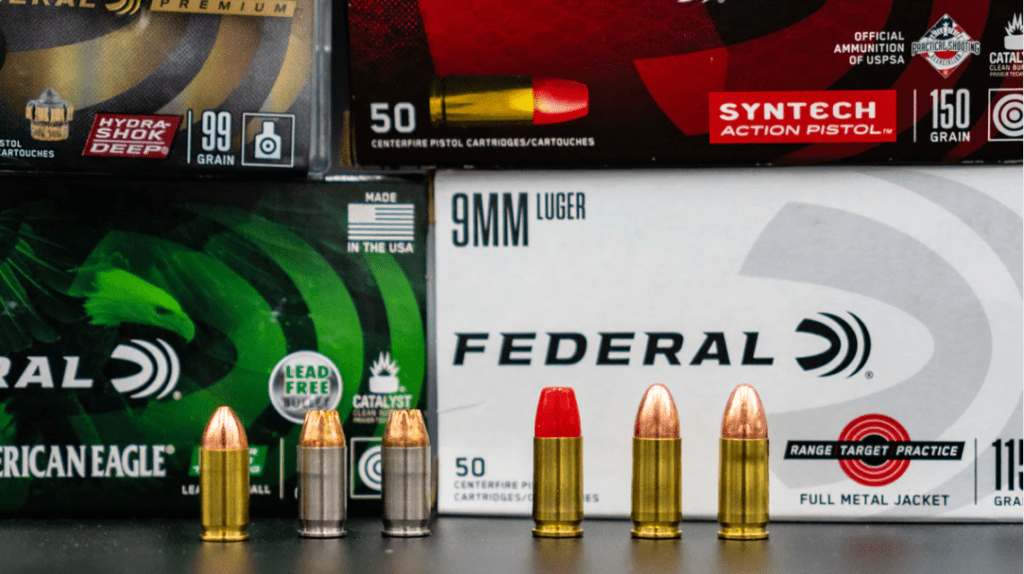
To fairly compare the ballistics between .380 ACP and 9mm, I chose a popular self-defense round from Liberty Ammunition. Liberty Ammo makes a powerful round no matter what caliber you need it in, and it’s available on our website. To further compare the two accurately, Liberty uses the same weight of 50 grains for both the .380 ACP and 9mm in its Civil Defense line.
Let’s take a look at the ballistic differences in a head-to-head comparison at similar self-defense ranges of 25 meters.
Liberty Ammunition Civil Defense .380 ACP
Liberty Ammunition Civil Defense 9mm
Ballistically, both calibers will get the job done when used for self-defense. The .380 ACP has lighter recoil, and that can be an important plus for some shooters. Ballistics, regardless of manufacturer, will always put the 9mm as superior to the .380 ACP because of higher kinetic energy and velocity. That said, defensive ammunition ballistics also depend on how the cartridge was designed.
In my ballistics comparison above, I chose Liberty Ammunition for a very specific reason. If you look at the ballistic velocity using Liberty Ammo in a .380 round, it’s much higher (1,500 FPS) than the velocity of many other popular defensive rounds such as Hornady Critical Defense (1,000 FPS) or Speer Gold Dot (1,040 FPS).
What’s my point? You can very successfully depend on .380 for self-defense if you choose a handgun that you’re comfortable with and ammunition that packs a punch.
CONCLUSION
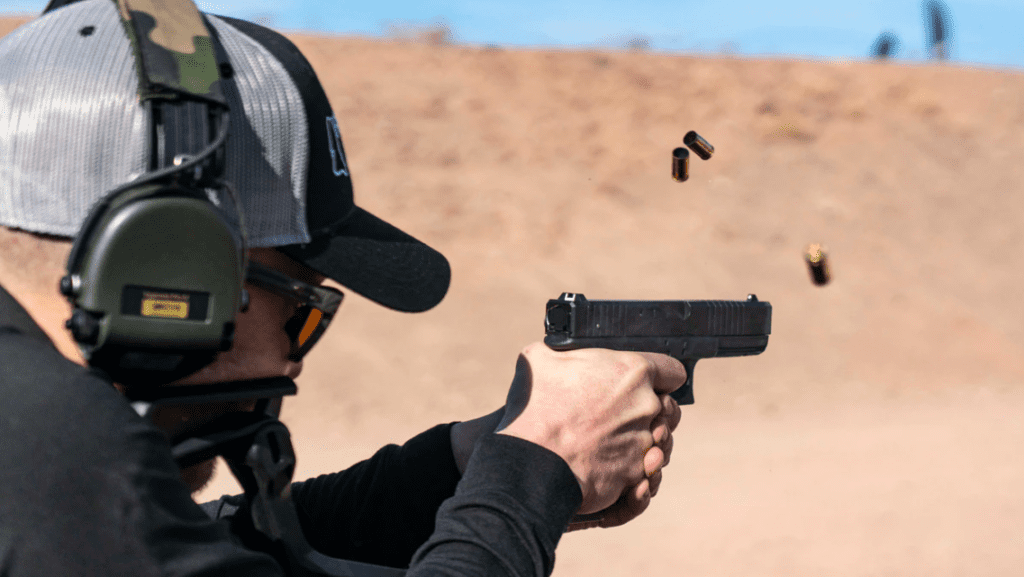
At the end of the day, whichever you’re more comfortable with and can get the most rounds downrange and on the target will be the best choice for your self-defense handgun. Whichever your choice, train with your gun and test your self-defense ammo in it. While your choice of caliber and ammunition is important, proper shot placement and muscle memory are what’s going to matter should you ever need to draw your handgun in a self-defense situation.
Please contact us for any questions or inquiries about our products!
| Designed by Frontier Business Group